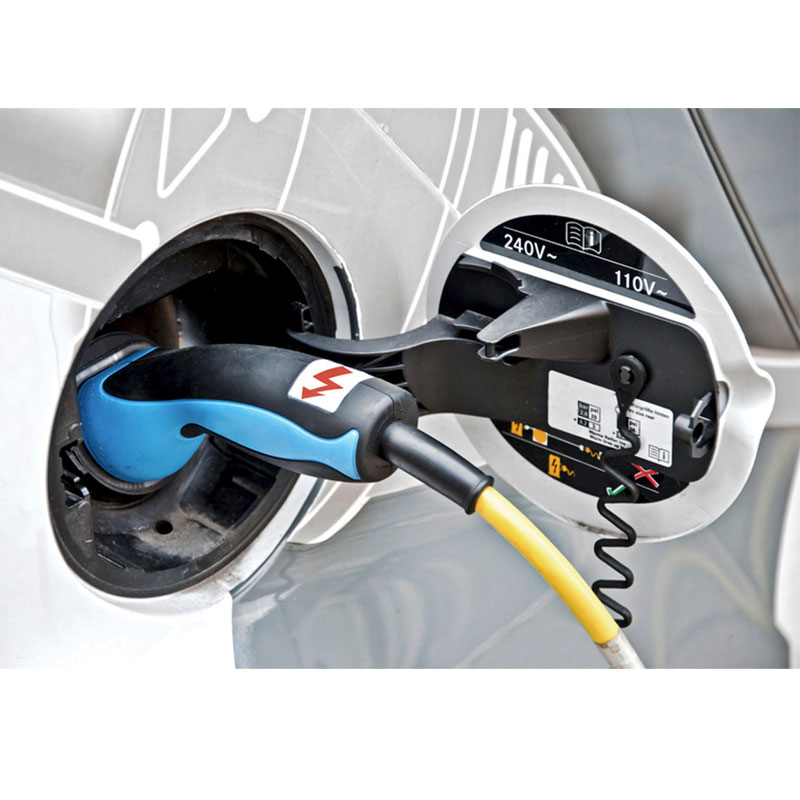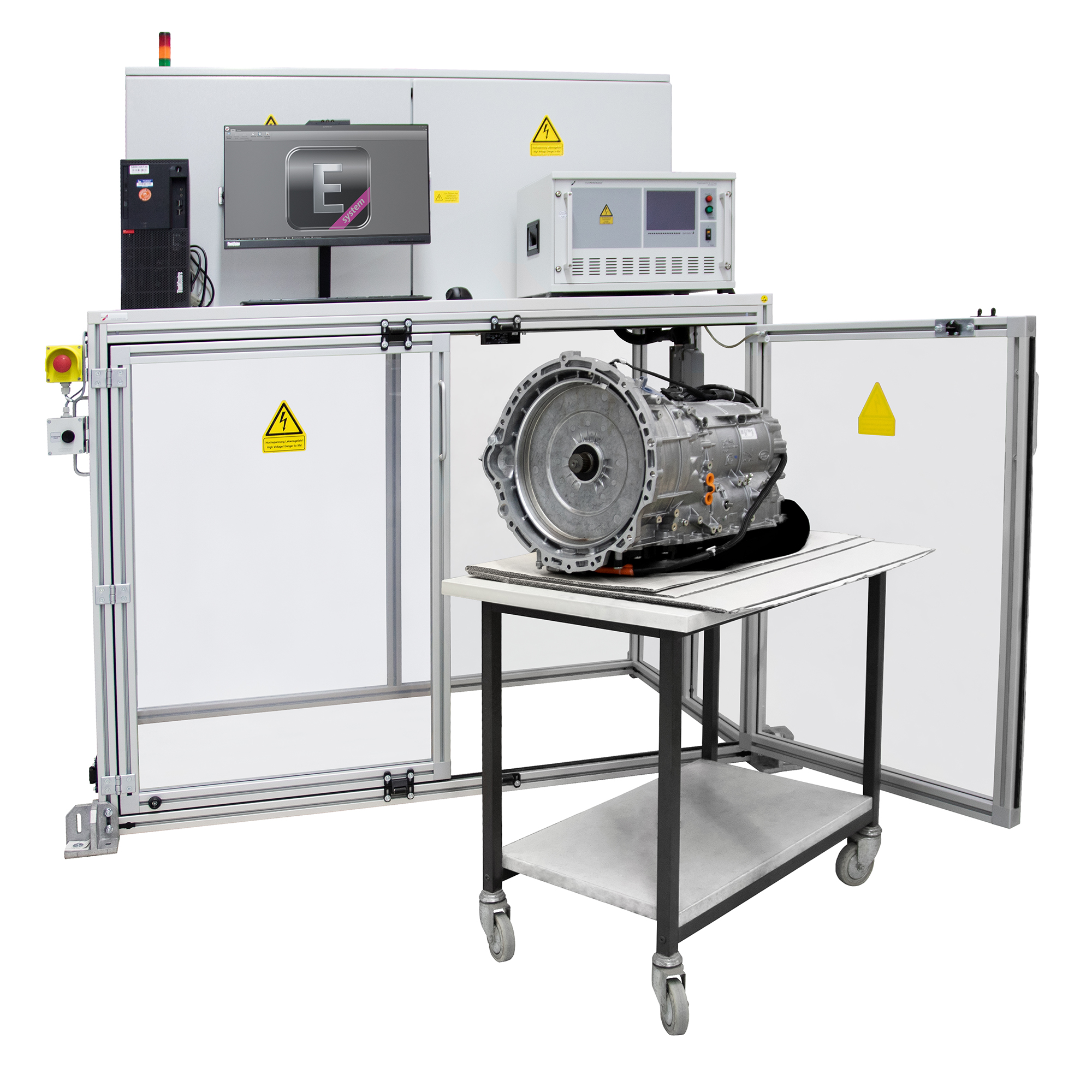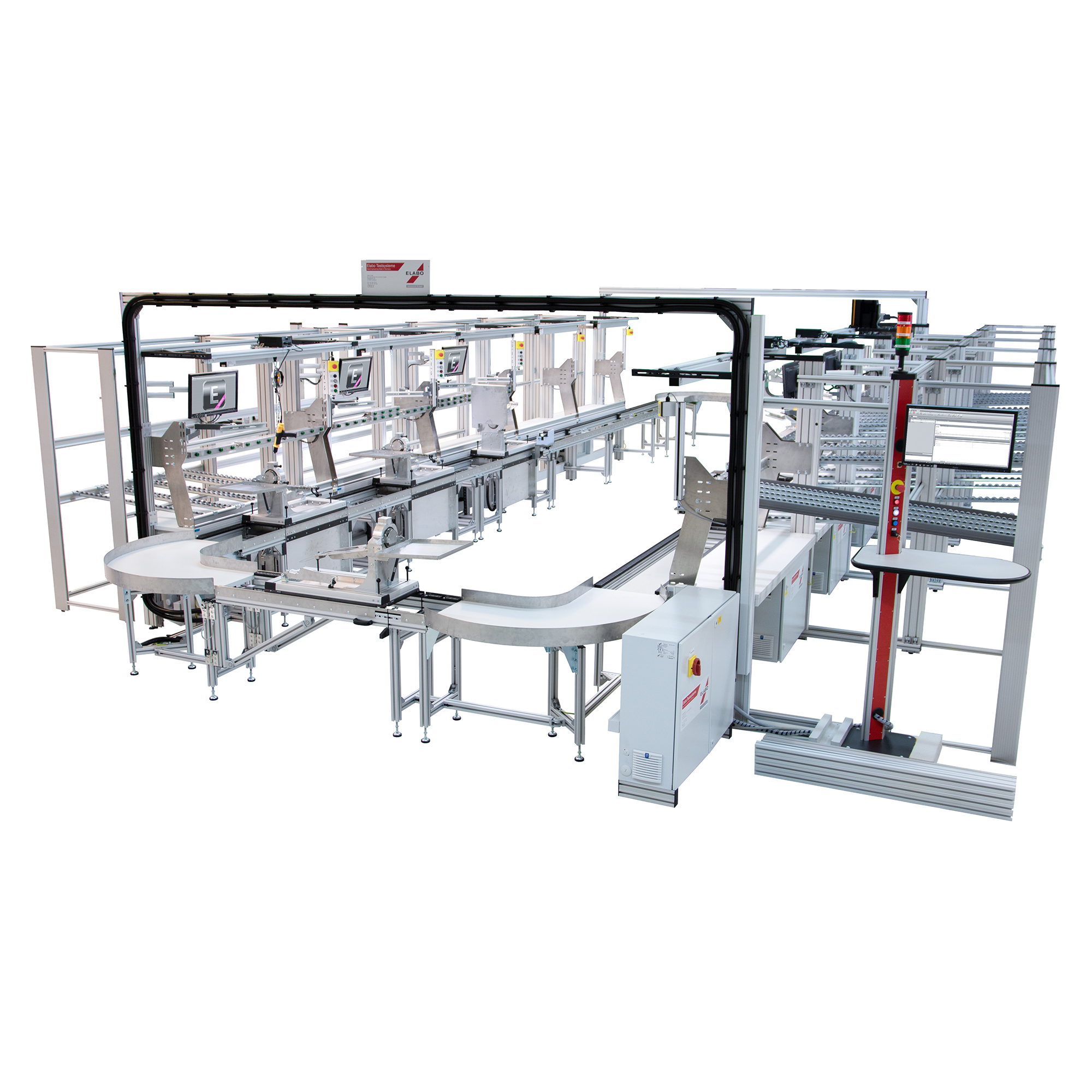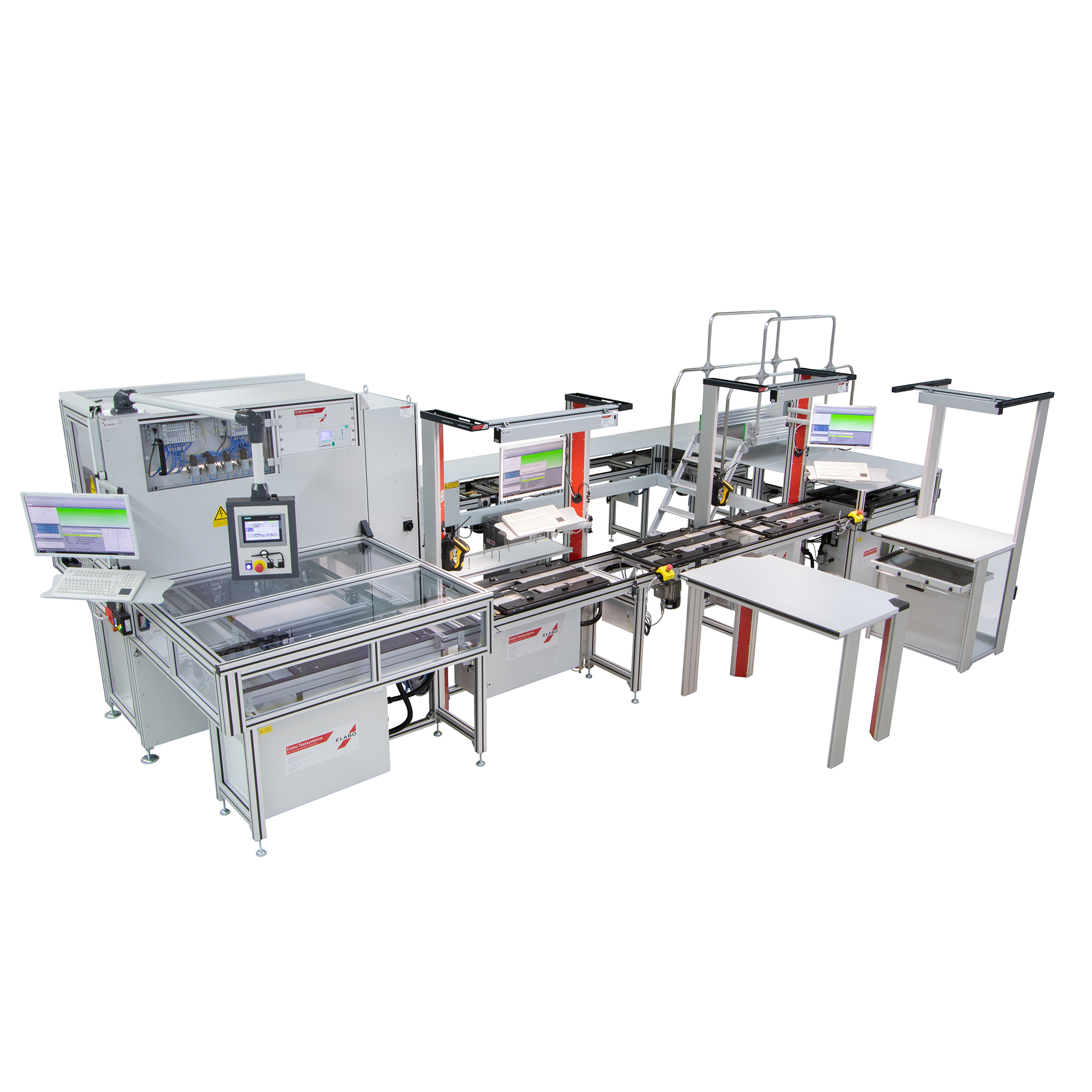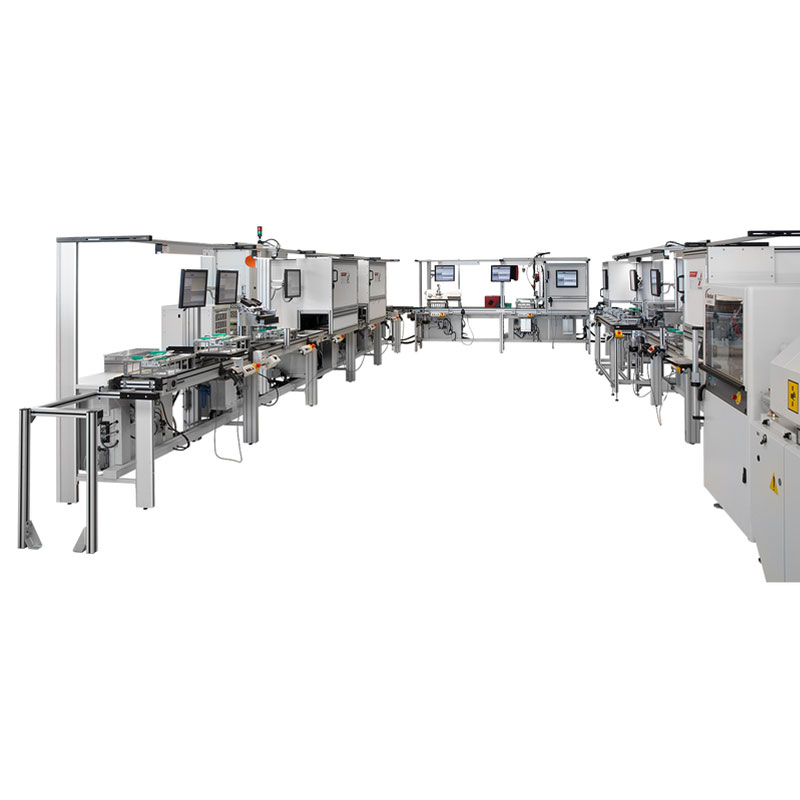Cell Contacting System
Semi-Automated Circulating System for Testing Cell Contacting Systems
Our Components
- elution Software
- Error-free assembly through operator guidance
- Continuity testing
- Insulation resistance testing
- High-voltage testing
- Component marking with laser
Project Description
The semi-automated circulating system consists of various stations that the test specimen passes through on a workpiece carrier via a conveyor belt. The first station is an insertion point where the test specimen is placed, scanned, and identified using an RFID system. The operator is guided through the assembly task by the elution software.
In the subsequent testing station, the test specimen is again identified via the RFID system. The workpiece carrier is lifted and indexed, and the test specimen is contacted from below via two contact units. From above, the test specimen is also contacted at up to 36 test points using pneumatic contact pins. This is followed by continuity testing, insulation resistance testing, and high-voltage testing.
The third station in the system is a laser station, where the test specimen is first identified again using the RFID system. Then, the workpiece carrier is lifted and indexed. "Good" tested specimens are laser-marked with a DataMatrix code. Subsequently, a reverse scan of the code is performed to verify the content.
The test specimen then proceeds to the extraction station via a conveyor belt. Here, the test specimen is identified one last time using the RFID system. For "good" tested specimens, final assembly tasks are carried out with the assistance of the elution software's operator guidance. "Bad" tested specimens are discarded in a corresponding reject box.
